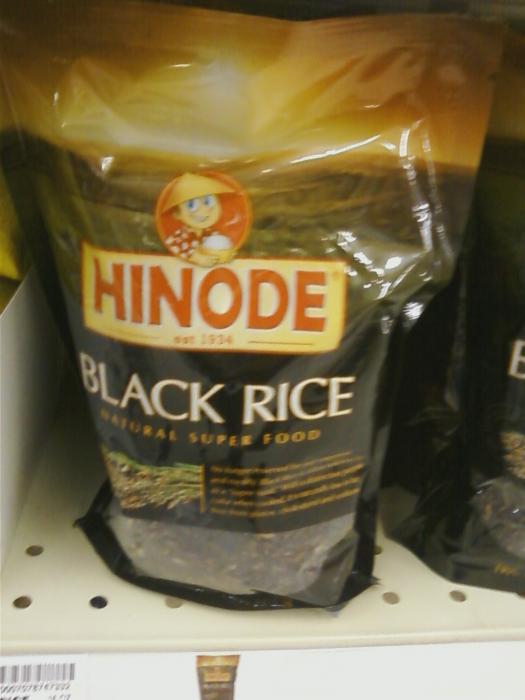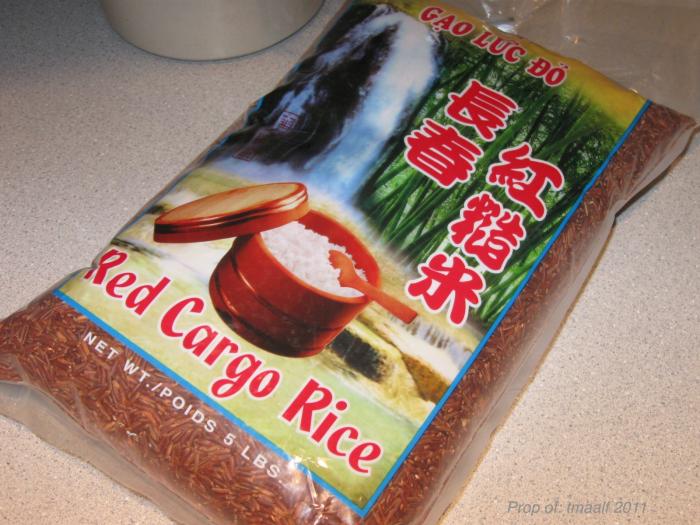Wonderful. Excellent mouthfeel, tons of fruity notes. Middle ground for sweetness. No acetic "tang" at all. Lots of alcohol. Not hot like fusel alcohols, just young wine strong alcohol.How does that red rice wine taste? Looks fabulous!
I'm hoping the strong alcohol flavor will calm down in a few months. I bottled pretty much the whole batch, just tasted a bit while I was harvesting.







